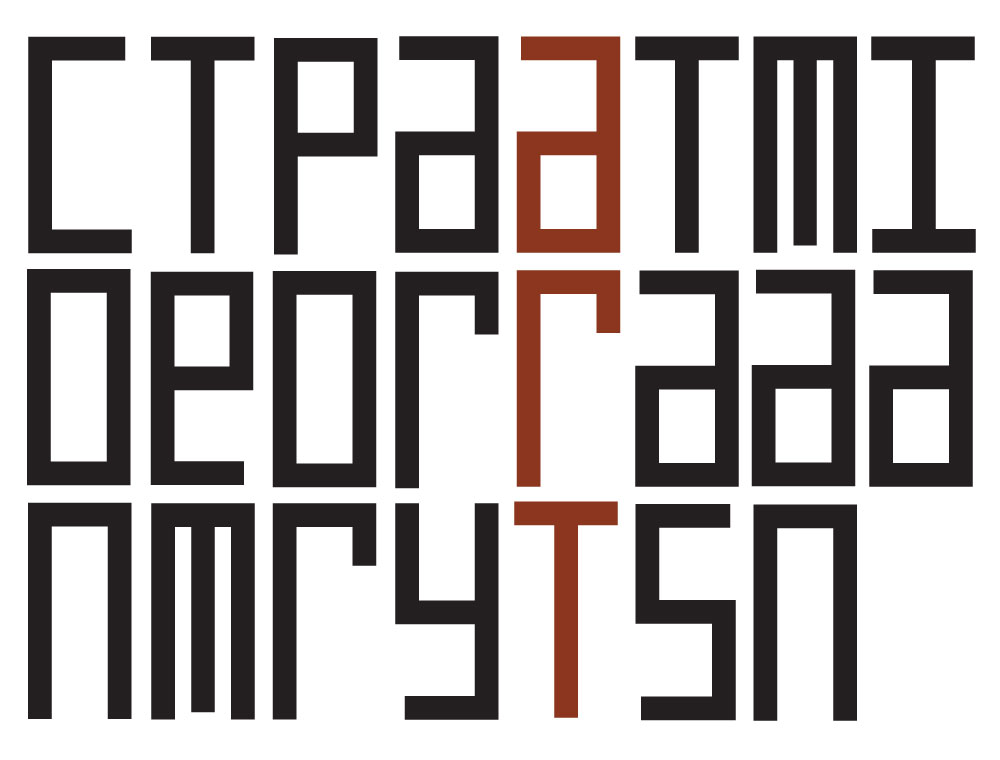Artists
PATRICIA TODARELLO
EMIDIO PUGLIELLI
SALVATORE PANATTERI
DAVID MARTIN
GOTTFRIED JÄGER
About Photography II
Date: 12-Sep-2009 – 04-Oct-2009
Location: Contemporary Art Tasmania
A photograph is a chair. Jean Paul Sartre told me so. Rene Magritte made a painting of it, turned it into a pipe, and then said it wasn’t really a pipe at all. Roland Barthes later found that the chair was indeed a photograph. It turned out to be a photograph of his mother – but not one that he recognised. Roland decided not to show it to us because we wouldn’t have recognised it either – we probably would have concluded that it was really a chair after all.
– David Martin
For the most part, a photograph is considered a window into, or documentation of, another place and time. It captures likenesses of realms that may or may not have existed then re-presents them out of context elsewhere. A photograph exchanges visual information about infinite subjects, but does not often reveal information about itself. A photograph is a mysterious thing, it hides behind alchemy and technology presenting itself as the slightest of objects — as a layer pressing up against the wall, pretending it is not there, pretending it is just an image, an apparition.
How a photograph functions is rarely referenced within the photograph. The nature of the medium or the processes involved in creating images are not likely to be the subject of the photograph, these elements are often intended to be invisible.
The five artists involved in About Photography II are interested in photography for different reasons, but all reveal a desire to engage with it in order to explore it and disclose more about it.
Gottfried Jäger’s work is like a magic trick. It uses the materials of the dark room to create a slight-of-hand that we need to study to confirm its reality. It is exposed photographic paper folded to confuse the viewer. Once the trick is revealed the eternal concern about truth in photography comes to the fore, questioning what we perceive as reality in a photograph.
David Martin presents artefacts of photography. He displays exposed vintage film, tintypes and texts to evoke ghosts of the past. Presented off the wall and on to plinths, the objects are imbued with the weight of the museum and history. He explores the possibilities of the latent image, spirit photography and the shift in photographic practice.
Salvatore Panatteri replicates the mysteries of colour temperature, the cast that can plague a photographer: the yellow of tungsten or the green of fluorescent light. He alerts us to the delicacies and difficulties of replicating, harnessing and controlling light. The spaces created are quite unique; depth, surfaces, corners simultaneously present and absent.
Emidio Puglielli displays both sides of a photograph at once. This reveals the text on the back of photographs written by people to trigger their memories. What we find is that this type of documentation, at a distance from the author, changes from a specific memory reference to a generic one. It is quite useless as a context for that particular image, but allows us to plug in our own references, histories and contexts to connect to the image.
The work of Patricia Todarello is process driven. Acting as a machine, like a camera, she sequences, orders, cuts and rearranges and progresses in calculated stages. Referencing repetitious architectural spaces she highlights imperfections in mechanical processes. What appears as a tight framework of repetitive grids, reveals itself as imperfect, the slight differences in reproduction creating unique spaces.
The five artists explore the nature of the medium to better understand it and in so doing highlight its anomalies, hypocrisies, and mysteries. This exhibition looks beyond the image of a photograph to reference broader photographic elements. This small essay accompanying the exhibition touches lightly on the fathomless issues raised by the work. This exhibition can be used as a point of departure to discuss how photography has changed, and how it has influenced and changed us.
